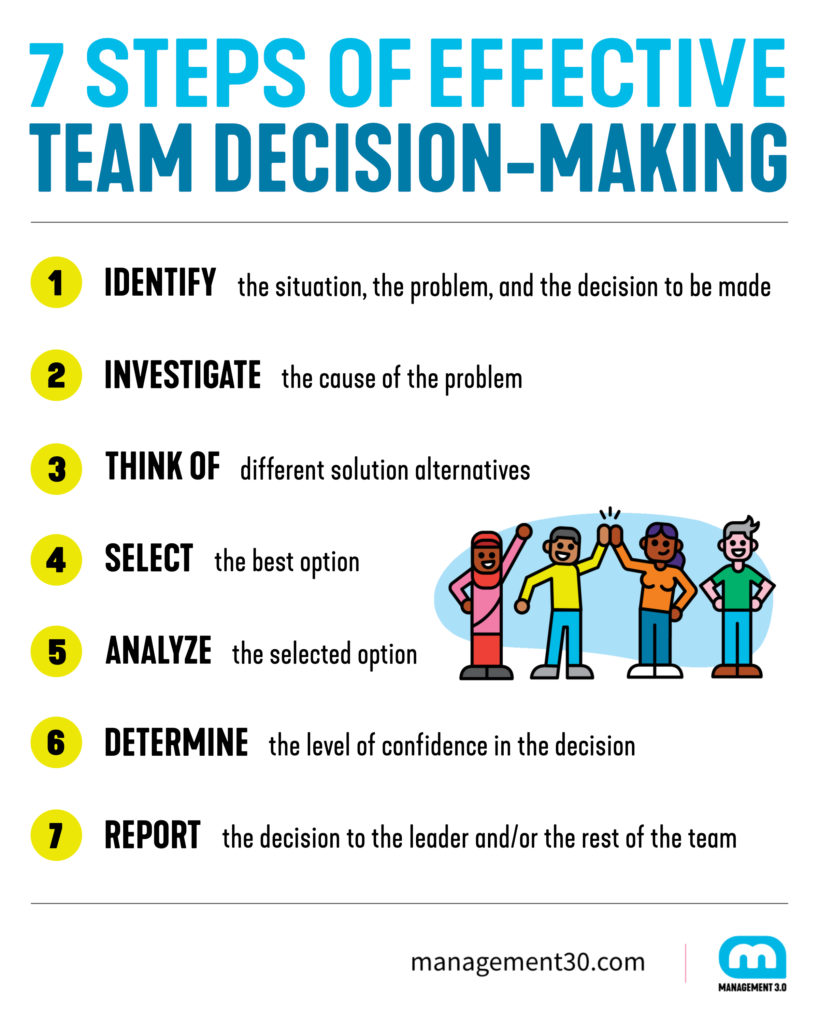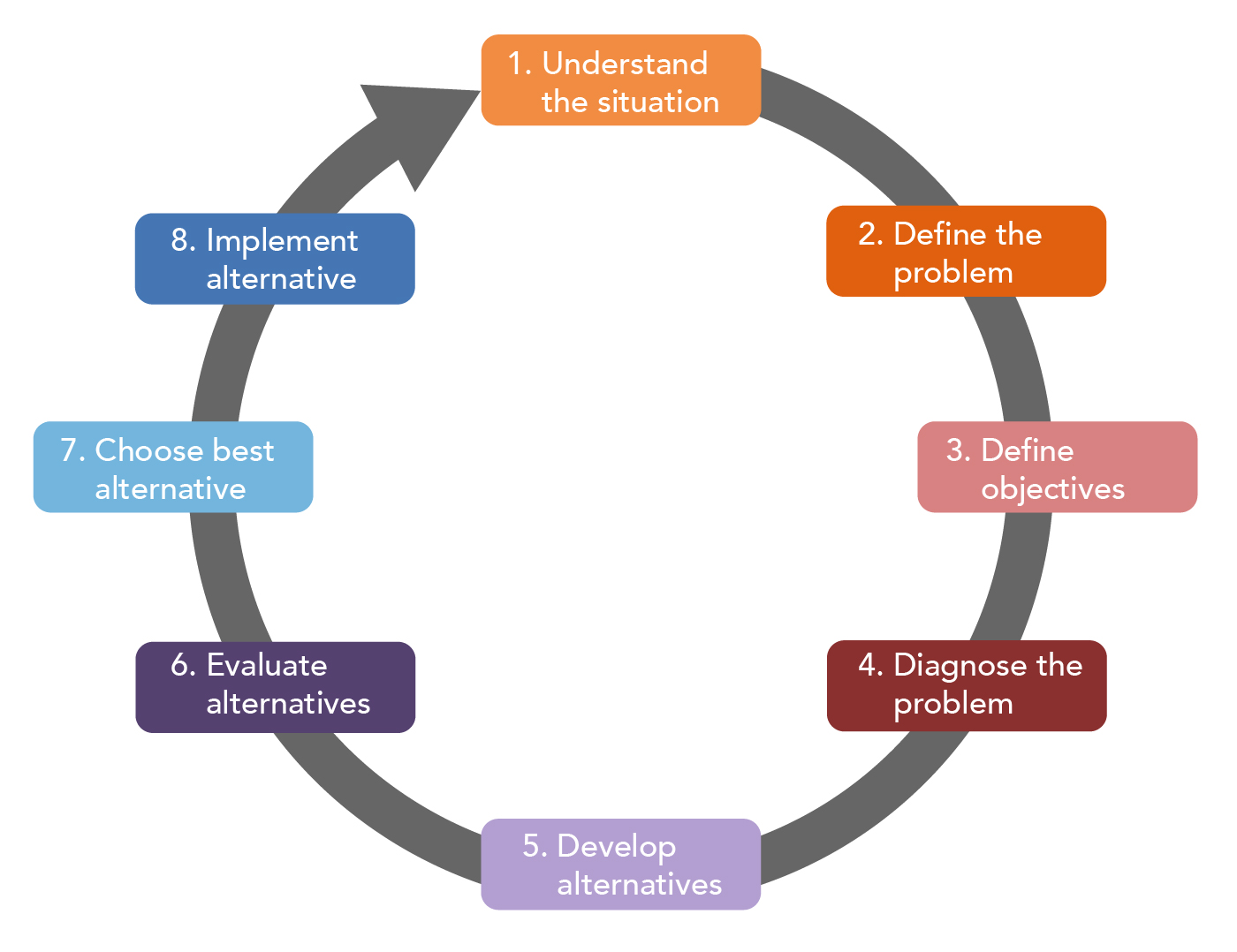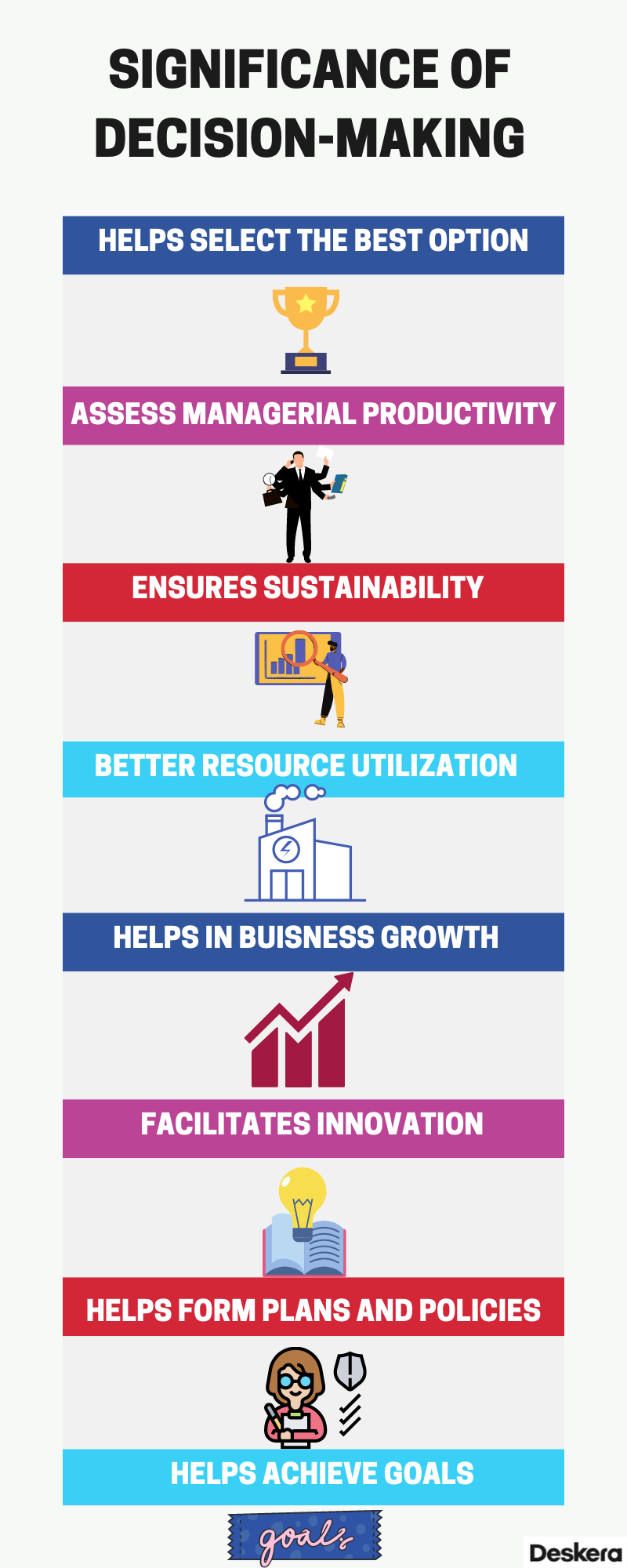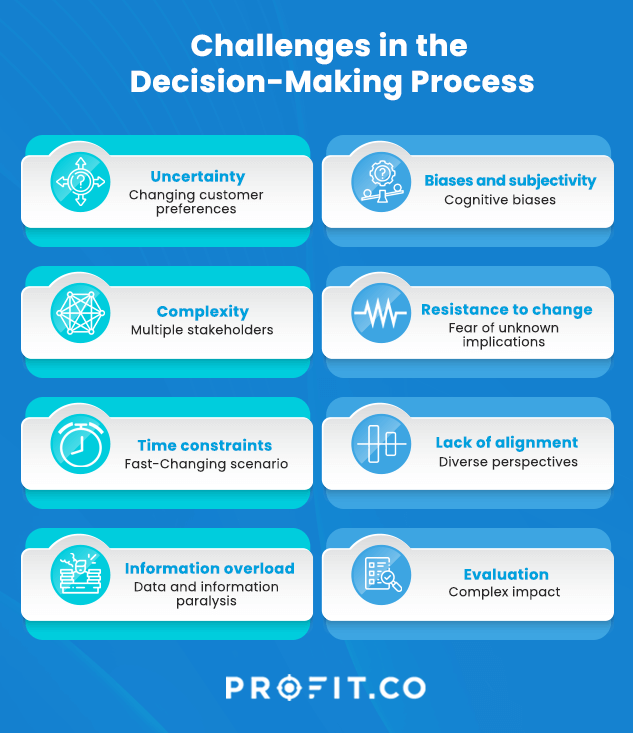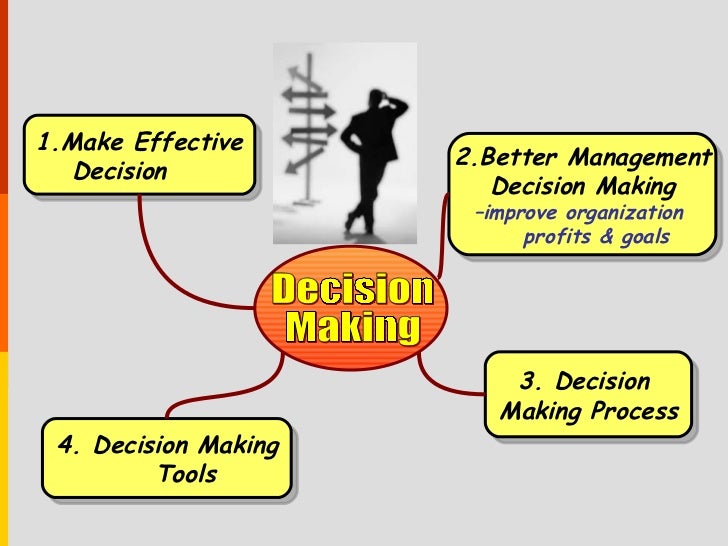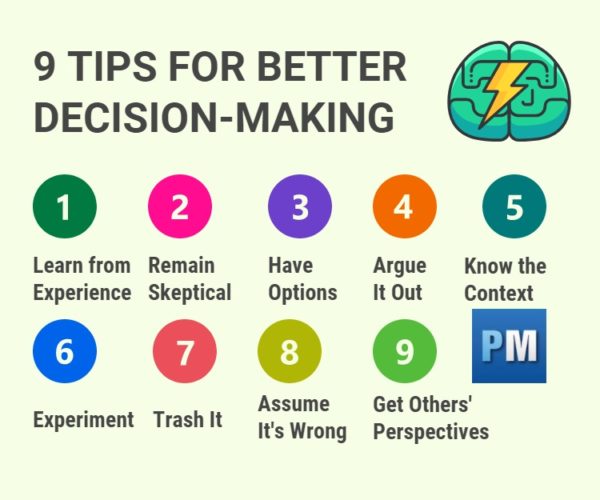Improving Decision Making In Organisations
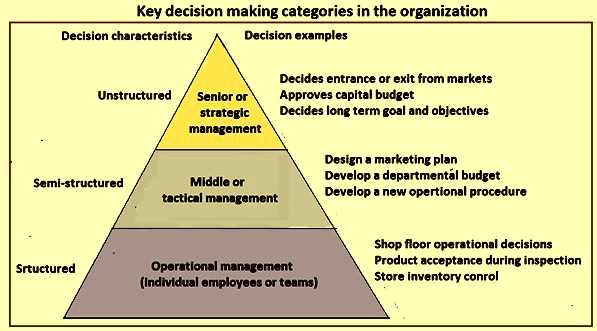
In today’s volatile business landscape, organizations are constantly bombarded with information, facing critical decisions that can determine their success or failure. Poor choices can lead to financial losses, reputational damage, and missed opportunities, highlighting the urgent need for improved decision-making processes. The pressure to make informed, effective decisions has never been greater.
At the heart of this challenge lies the need for organizations to move beyond gut feelings and reactive responses. They must embrace structured frameworks, data-driven insights, and collaborative strategies. This involves not only adopting new technologies but also cultivating a culture that values critical thinking, open communication, and continuous learning.
The Science of Better Choices
Improving decision-making starts with understanding the cognitive biases that often cloud judgment. Confirmation bias, for example, leads individuals to seek out information that confirms their existing beliefs, while anchoring bias causes them to rely too heavily on the first piece of information they receive. Recognizing and mitigating these biases is crucial for more objective assessments.
Organizations are increasingly turning to behavioral economics and cognitive science for insights. This helps design interventions that nudge individuals towards better choices. Techniques like pre-commitment, where individuals commit to a course of action in advance, and framing, where information is presented in a way that highlights potential gains or losses, can significantly influence decision outcomes.
Data-Driven Decisions: The Rise of Analytics
The availability of vast datasets has revolutionized the decision-making process. Organizations can now leverage analytics tools to identify trends, predict outcomes, and evaluate the potential impact of different decisions. This data-driven approach reduces reliance on intuition and provides a more objective basis for strategic choices.
According to a recent report by McKinsey & Company, companies that embrace data-driven decision-making are 23 times more likely to acquire customers and 6 times more likely to retain them. This underscores the significant competitive advantage that analytics can provide. However, the report also emphasizes the need for skilled data scientists and analysts who can effectively interpret and communicate insights.
Cultivating a Culture of Collaboration
Effective decision-making is not solely the responsibility of top management. It requires a collaborative environment where diverse perspectives are valued and encouraged. This involves creating channels for open communication, promoting constructive debate, and empowering employees at all levels to contribute their expertise.
"Groupthink", the tendency for groups to suppress dissenting opinions in favor of harmony, can be a major obstacle to sound decision-making. Organizations must actively foster a culture of psychological safety, where individuals feel comfortable challenging assumptions and expressing alternative viewpoints. This can be achieved through techniques like devil's advocacy, where someone is assigned the role of critiquing the proposed plan, and anonymous feedback mechanisms.
The Role of Leadership
Leaders play a critical role in shaping the decision-making culture of an organization. They must model critical thinking, encourage constructive debate, and demonstrate a willingness to learn from mistakes. A leader who is open to feedback and willing to challenge their own assumptions sets a powerful example for the rest of the organization.
John Kotter, a renowned leadership expert, emphasizes the importance of creating a sense of urgency and inspiring a shared vision. This helps motivate employees to embrace new ways of thinking and working. It ensures that decisions are aligned with the organization's overall goals and objectives.
Investing in Training and Development
Organizations must invest in training programs that equip employees with the skills and knowledge necessary to make better decisions. This includes training in critical thinking, data analysis, problem-solving, and communication. Such programs can help individuals develop a more structured and analytical approach to decision-making.
Furthermore, organizations should provide opportunities for employees to practice and refine their decision-making skills. This can be achieved through simulations, case studies, and real-world projects. Experiential learning is particularly effective. It allows individuals to learn from their mistakes in a safe and controlled environment.
Looking Ahead: The Future of Decision-Making
As technology continues to advance, the future of decision-making will be shaped by artificial intelligence (AI) and machine learning (ML). These technologies can automate routine decisions, provide real-time insights, and even suggest optimal courses of action. However, it's important to recognize that AI is a tool, not a replacement for human judgment.
The most successful organizations will be those that combine the power of AI with the wisdom and experience of their human workforce. By embracing a holistic approach that considers both data-driven insights and human intuition. It fosters a culture of collaboration and continuous learning. The organizations can navigate the complexities of the modern business environment. It also make more informed, effective decisions. Ultimately, this leads to sustainable growth and success.


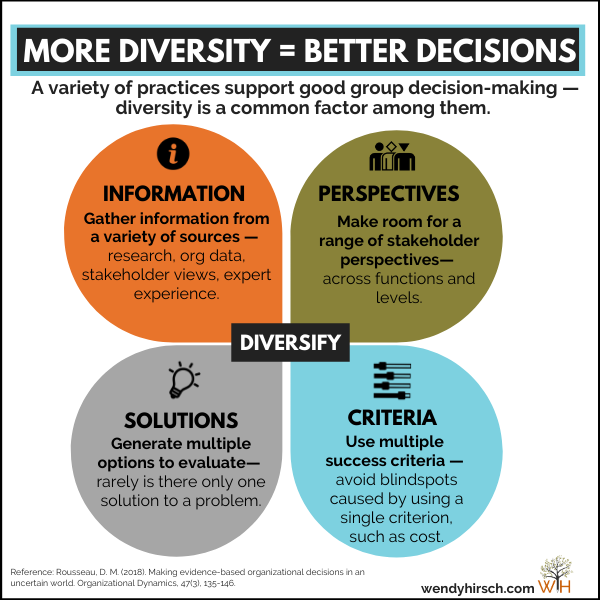

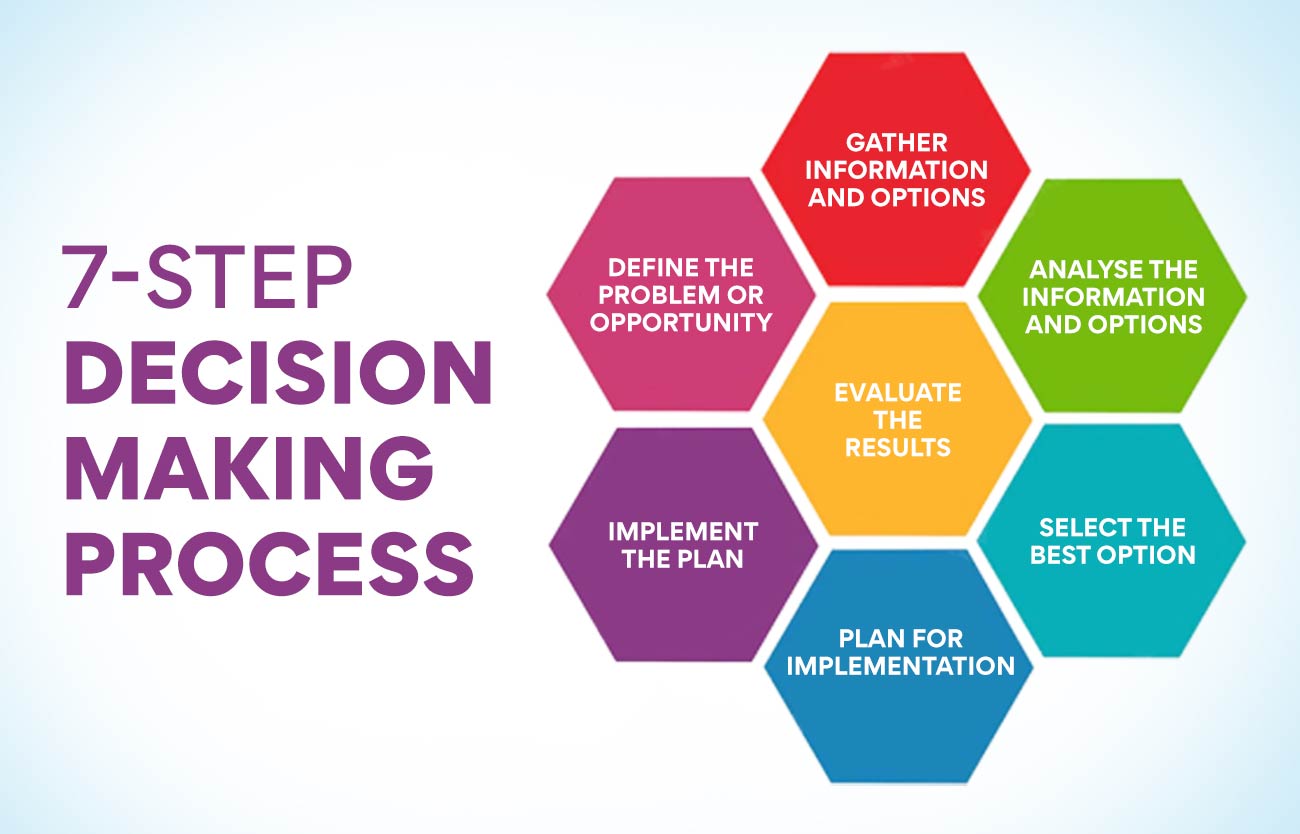



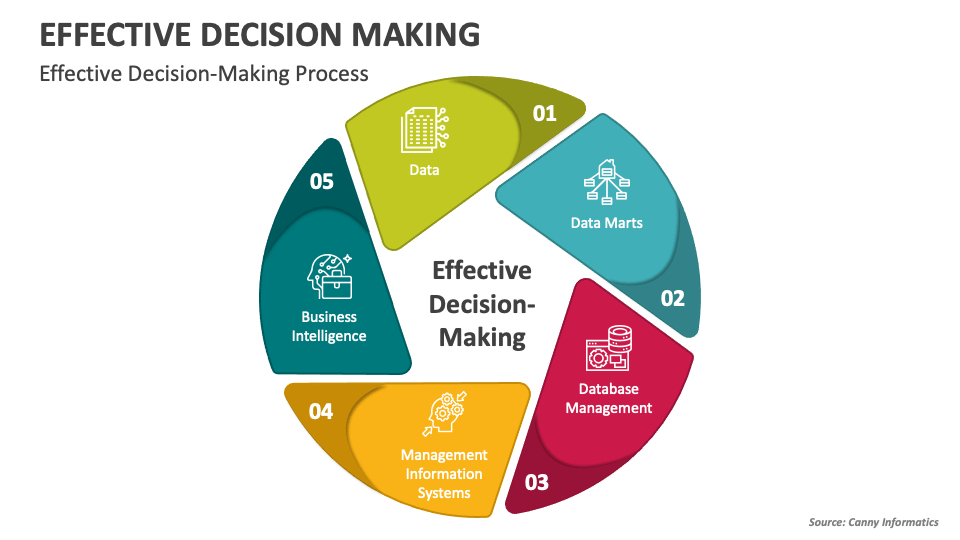
:max_bytes(150000):strip_icc()/decision-making-skills-with-examples-2063748-FINAL-5bad43d946e0fb002688e130.png)
